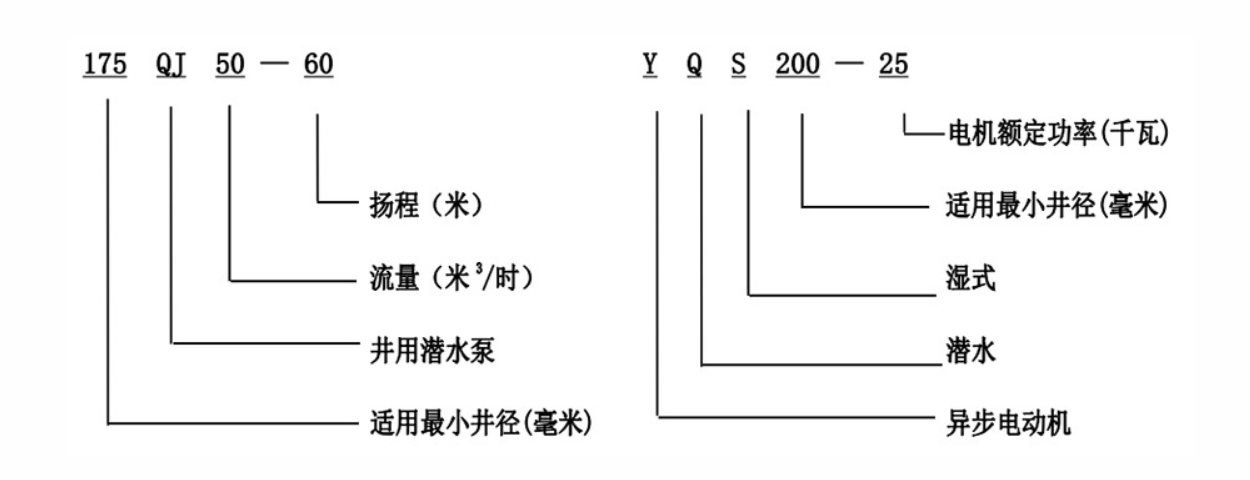Nov . 19, 2024 11:25 Back to list
Common Issues and Solutions for Submersible Pump Performance Problems
Troubleshooting Submersible Pumps A Comprehensive Guide
Submersible pumps are widely used in various applications, including groundwater extraction, wastewater treatment, and flood control. However, like any mechanical device, they can encounter issues that hinder their performance. Knowing how to troubleshoot common problems can save time and money, ensuring efficient operation.
1. Pump Won't Start
One of the most common issues is that the pump won’t start. First, check the power supply. Ensure that the circuit breaker is not tripped and that the electrical connections are secure. If the pump is receiving power but still won't start, there may be a problem with the motor or the control panel. Inspect the motor for any signs of burnout, such as burnt smell or unusual noises.
2. Low Flow Rate
If the pump is running but the flow rate is lower than usual, consider checking for blockages. Sediment, debris, or other obstructions can impede water flow. Remove the pump from the well or sump and inspect the intake screen for clogs. Additionally, ensure that the piping is not kinked or damaged.
3. Overheating
troubleshooting submersible pump

Overheating can lead to pump failure. If the pump is too hot to touch, it may be running dry or facing excessive load. Check the fluid level in the well or basin; if it's too low, the pump may not be submerged adequately, leading to overheating. Inspect the impeller for wear or damage, which might cause increased resistance and strain on the motor.
4. Excessive Vibrations or Noisy Operation
Vibration and unusual sounds often indicate mechanical issues. Ensure that the pump is properly anchored. Loose pump installations can cause excessive vibrations. Inspect the bearings, as worn bearings can lead to noise and premature wear. If you hear a grinding or rattling sound, the impeller may be damaged.
5. Frequent Cycling
Frequent on-off cycling of the pump suggests possible issues with the pressure switch or a leak in the system. Check the pressure tank for proper air charge and inspect the plumbing for leaks. Adjusting the pressure switch may also alleviate this problem, ensuring the pump operates within its designed parameters.
Conclusion
Routine maintenance and timely troubleshooting can prolong the life of your submersible pump and enhance its efficiency. If you encounter persistent issues despite these checks, it may be wise to consult a professional technician. Regular inspections and adherence to manufacturer guidelines will ensure optimal performance and reliability for years to come.
-
Submersible Water Pump: The Efficient 'Power Pioneer' of the Underwater World
NewsJul.01,2025
-
Submersible Pond Pump: The Hidden Guardian of Water Landscape Ecology
NewsJul.01,2025
-
Stainless Well Pump: A Reliable and Durable Pumping Main Force
NewsJul.01,2025
-
Stainless Steel Submersible Pump: An Efficient and Versatile Tool for Underwater Operations
NewsJul.01,2025
-
Deep Well Submersible Pump: An Efficient 'Sucker' of Groundwater Sources
NewsJul.01,2025
-
Deep Water Well Pump: An Efficient 'Sucker' of Groundwater Sources
NewsJul.01,2025
-
 Submersible Water Pump: The Efficient 'Power Pioneer' of the Underwater WorldIn the field of hydraulic equipment, the Submersible Water Pump has become the core equipment for underwater operations and water resource transportation due to its unique design and excellent performance.Detail
Submersible Water Pump: The Efficient 'Power Pioneer' of the Underwater WorldIn the field of hydraulic equipment, the Submersible Water Pump has become the core equipment for underwater operations and water resource transportation due to its unique design and excellent performance.Detail -
 Submersible Pond Pump: The Hidden Guardian of Water Landscape EcologyIn courtyard landscapes, ecological ponds, and even small-scale water conservancy projects, there is a silent yet indispensable equipment - the Submersible Pond Pump.Detail
Submersible Pond Pump: The Hidden Guardian of Water Landscape EcologyIn courtyard landscapes, ecological ponds, and even small-scale water conservancy projects, there is a silent yet indispensable equipment - the Submersible Pond Pump.Detail -
 Stainless Well Pump: A Reliable and Durable Pumping Main ForceIn the field of water resource transportation, Stainless Well Pump has become the core equipment for various pumping scenarios with its excellent performance and reliable quality.Detail
Stainless Well Pump: A Reliable and Durable Pumping Main ForceIn the field of water resource transportation, Stainless Well Pump has become the core equipment for various pumping scenarios with its excellent performance and reliable quality.Detail
